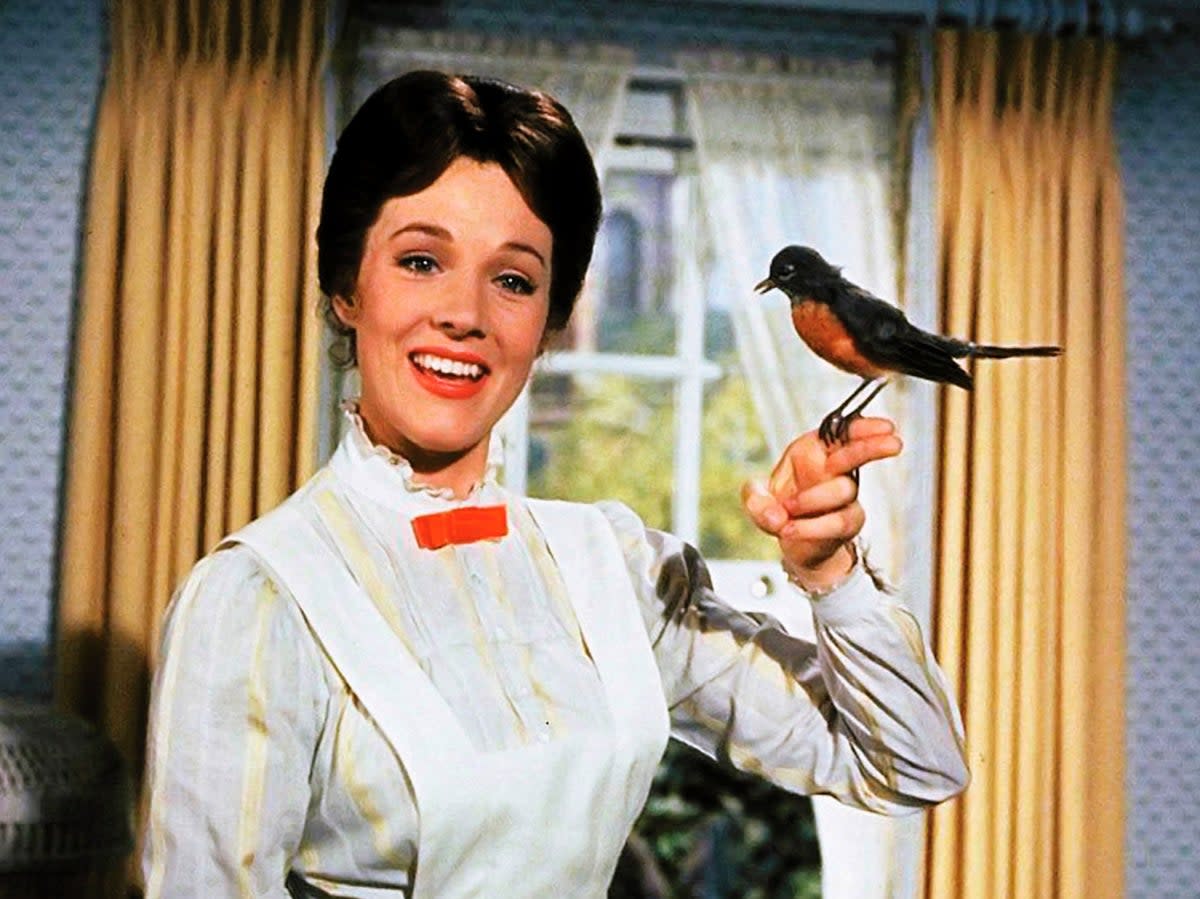Voices: No, Mary Poppins hasn’t gone ‘woke’ – but there is one big problem with the film’s new age rating

The titular nanny of beloved Disney classic Mary Poppins sought to be clear from the outset: “I never explain anything”.
The same can’t be said for the British Board of Film Classification (BBFC), which last week had to explain to the usual, outraged naysayers quite why it had decided to change Poppins’ rating from U to PG.
Not that any explanation was likely to do much good in the face of a largely confected row about wokeness. Plenty of anguished “fans” were so angry that they were ready to believe that their poor children were effectively being banned from watching the film at all.
As it goes, a PG rating doesn’t even mean that a child can’t watch on their own – whatever their age. It simply suggests that parents might want to think about whether the film is right for their particular child. And presumably most parents would agree that it’s their role to judge what’s best for their kids.
Due for a limited re-release in cinemas to celebrate its 60th anniversary, the revision of Mary Poppins’ certification to a PG was inevitable when judged against current criteria around discriminatory language. Two references to “Hottentots” – a term used initially in the colonial era to describe the Khoikhoi people of Southern Africa, and now widely regarded as offensive – plainly move it out of the U category by present-day standards.
And actually, “parental guidance” is just about right, because I imagine I wasn’t the only parent who felt the need to consult Google in order to find out exactly where the offending term originated. So perhaps we’ve all learned something from this recent saga – another thing being that the revised rating only applies to the cinema re-release and not to home entertainment versions.
According to the BBFC’s research, the overwhelming majority of parents – 97 per cent – like age ratings on films, and find them helpful. It’s easy to understand why, because when your little darlings are badgering you to watch the final installments of Harry Potter, it’s handy to be able to cross your fingers and say they’ll have to wait till they’re 12 because “sorry, but that’s the law!”
When it comes to things like sex, drugs, violence and discrimination, I for one find the BBFC’s classification system a handy shortcut to figuring out what might or might not be suitable for my offspring. Where I am less convinced is around the question of swearing.
I took my son to watch Cambridge United the other day, and the crowd was getting quite tasty with their language. The cries of “Ooooooh, you s*** b******, ahhhhh” from the away end every time the Cambridge keeper took a goal kick were particularly egregious. But as my son said to me afterwards, “I hear it all in the playground”.
Junior school offers a steep learning curve in the art of swearing. I remember vividly the wonder of hearing the boys in year 6 effing and jeffing when I started in year 3. I might not have heard the C word till later, but otherwise my education in expletives was basically complete by the age of eight. I don’t think my son is any different.
That being the case, I wonder why we remain quite so angsty about naughty words in films. Not that I’m suggesting a free for all. I don’t, for example, think Mary Poppins would be as charming a movie if its eponymous hero were constantly telling Michael and Jane to “shut their f****** mouths” or to “take your bloody medicine”.
Nevertheless, children are for the most part pretty savvy about the kind of language that is appropriate for different occasions and audiences. Better to let them start navigating that in a realistic way, at a realistic age, than to set stricter parameters on language in films that already exists in their day-to-day lives.
After all, unlike a certain British nanny, we can’t all be practically perfect in every way. And I bet even she cursed occasionally when there wasn’t time to get her tongue around supercalifragilisticexpialidocious.

 Yahoo News
Yahoo News 
